With new technologies revolutionizing data collection, wildlife researchers are becoming increasingly able to collect data at much higher volumes than ever before. Now we are facing the challenges of putting this information to use, bringing the science of big data into the conservation arena. With the help of machine learning tools, this area holds immense potential for conservation practices. The applications range from online trafficking alerts to species-specific early warning systems to efficient movement and biodiversity monitoring and beyond.
However, the process of building effective machine learning tools depends upon large amounts of standardized training data, and conservationists currently lack an established system for standardization. How to best develop such a system and incentivize data sharing are questions at the forefront of this work. There are currently multiple AI-based conservation initiatives, including Wildlife Insights and WildBook, that are pioneering applications on this front.
This group is the perfect place to ask all your AI-related questions, no matter your skill level or previous familiarity! You'll find resources, meet other members with similar questions and experts who can answer them, and engage in exciting collaborative opportunities together.
Just getting started with AI in conservation? Check out our introduction tutorial, How Do I Train My First Machine Learning Model? with Daniel Situnayake, and our Virtual Meetup on Big Data. If you're coming from the more technical side of AI/ML, Sara Beery runs an AI for Conservation slack channel that might be of interest. Message her for an invite.
Header Image: Dr Claire Burke / @CBurkeSci

Explore the Basics: AI
Understanding the possibilities for incorporating new technology into your work can feel overwhelming. With so many tools available, so many resources to keep up with, and so many innovative projects happening around the world and in our community, it's easy to lose sight of how and why these new technologies matter, and how they can be practically applied to your projects.
Machine learning has huge potential in conservation tech, and its applications are growing every day! But the tradeoff of that potential is a big learning curve - or so it seems to those starting out with this powerful tool!
To help you explore the potential of AI (and prepare for some of our upcoming AI-themed events!), we've compiled simple, key resources, conversations, and videos to highlight the possibilities:
Three Resources for Beginners:
- Everything I know about Machine Learning and Camera Traps, Dan Morris | Resource library, camera traps, machine learning
- Using Computer Vision to Protect Endangered Species, Kasim Rafiq | Machine learning, data analysis, big cats
- Resource: WildID | WildID
Three Forum Threads for Beginners:
- I made an open-source tool to help you sort camera trap images | Petar Gyurov, Camera Traps
- Batch / Automated Cloud Processing | Chris Nicolas, Acoustic Monitoring
- Looking for help with camera trapping for Jaguars: Software for species ID and database building | Carmina Gutierrez, AI for Conservation
Three Tutorials for Beginners:
- How do I get started using machine learning for my camera traps? | Sara Beery, Tech Tutors
- How do I train my first machine learning model? | Daniel Situnayake, Tech Tutors
- Big Data in Conservation | Dave Thau, Dan Morris, Sarah Davidson, Virtual Meetups
Want to know more about AI, or have your specific machine learning questions answered by experts in the WILDLABS community? Make sure you join the conversation in our AI for Conservation group!
- @reny.tyson.moore
- | She/Her/Hers
- 0 Resources
- 0 Discussions
- 4 Groups
Tech-Driven Conservation with a Wild Twist

- 0 Resources
- 1 Discussions
- 8 Groups
- 0 Resources
- 0 Discussions
- 14 Groups
Universidad San Francisco de Quito
Biologist/Professor focusing on carnivore conservation in Ecuador
- 0 Resources
- 0 Discussions
- 12 Groups
- @Thorondor
- | He/Him
AI engineering working on cutting edge AI research and product for detecting objects. Big wildlife and conservation enthusiast and amateur wildlife photographer.
- 0 Resources
- 0 Discussions
- 2 Groups
finding ecological solutions using sound and conservation tech
- 0 Resources
- 0 Discussions
- 4 Groups
Currently a data scientist in industry working on mechanistic models of risk, previously worked on modeling coral reefs. I am interested in the potential for emerging technologies and new ideas to help us solve environmental crises.
- 0 Resources
- 0 Discussions
- 14 Groups
Fauna & Flora
- 0 Resources
- 3 Discussions
- 10 Groups
- @OakAlice
- | She/her
PhD researcher standardising machine learning approaches for behaviour classification in free-roaming wild animals.
- 0 Resources
- 0 Discussions
- 7 Groups
- @Kasi
- | He/him
Game Rangers International
Kasi Amor Kalande is a young conservationist with experience in elephant movement research, GIS, and conservation technology.
- 1 Resources
- 0 Discussions
- 7 Groups
- @Manahil_ijaz
- | she
I’m a nature enthusiast who loves exploring wildlife and ecosystems. Through my research in ecology, I channel this passion into protecting and preserving biodiversity.
- 0 Resources
- 0 Discussions
- 3 Groups
- 0 Resources
- 0 Discussions
- 4 Groups
NASA and IBM have teamed up to create an AI Foundation Model for Earth Observations, using large-scale satellite and remote sensing data, including the Harmonized Landsat and Sentinel-2 (HLS) data.
28 March 2024
Article
You’re invited to the WILDLABS Variety Hour, a monthly event that connects you to conservation tech's most exciting projects, research, and ideas. We can't wait to bring you a whole new season of speakers and...
22 March 2024
Join our multi-national team at the AI for Biodiversity Change Global Climate Center! We're hiring a Research Data Manager & Tech Coordinator at Ohio State. Support cutting-edge research on climate change &...
15 March 2024
Introducing The Freshwater Sounds Archive, a global database of sounds produced by freshwater species. Submit your species-specific or unidentified sounds to the archive now and receive recognition for your...
15 March 2024
EcoAssist has now incorporated the Deepfaune v1.1 species identification model for camera trap images, capable of recognizing 26 European species. The model is developed by Deepfaune initiative. More information is...
12 March 2024
Catch up on the conservation tech discussions and events that happened during World Wildlife Day 2024!
7 March 2024
EcoAssist introduces a free African species identification model for camera trap images, capable of recognising 30 species.
5 March 2024
Join us to help prevent biodiversity loss! Understory is hiring a postdoc to lead R&D Development on generalizing Computer Vision models for vegetation identification across space/time/phenotypes.
29 February 2024
Join the Luxembourg Institute of Science and Technology (LIST) in pioneering environmental and ecological monitoring! 🌍💡 As part of ERIN’s Observatory for Climate, Environment, and Biodiversity (OCEB), you'll be at the...
26 February 2024
SNTech are recruiting for 3 roles to assist us to develop computer vision pipelines for underwater monitoring
15 February 2024
We invite applications for the third Computer Vision for Ecology (CV4E) workshop, a three-week hands-on intensive course in CV targeted at graduate students, postdocs, early faculty, and junior researchers in Ecology...
12 February 2024
The primary focus of the research is to explore how red deer movements, space use, habitat selection and foraging behaviour change during the wolf recolonization process.
10 February 2024
June 2025
event
July 2025
October 2025
event
event
December 2023
event
73 Products
Recently updated products
16 Products
Recently updated products
| Description | Activity | Replies | Groups | Updated |
|---|---|---|---|---|
| Gotcha, well I look forward to seeing future iterations and following along with your progress!! |
|
Autonomous Camera Traps for Insects, AI for Conservation, Emerging Tech, Open Source Solutions, Latin America Community | 1 year 1 month ago | |
| Hi everyone!@LashaO and @holmbergius from the Wild Me team at ConservationX Labs gave a superb talk at last month's Variety Hour,... |
|
AI for Conservation, Camera Traps | 1 year 1 month ago | |
| We could always use more contributors in open source projects. In most open source companies Red Hat, Anaconda, Red Hat and Mozilla, people often ended up getting hired largely... |
|
Acoustics, AI for Conservation, Conservation Tech Training and Education, Early Career, Marine Conservation | 1 year 1 month ago | |
| Hi @timbirdweather I've now got them up and running and winding how I can provide feedback on species ID to improve the accuracy over time. It would be really powerful to have a... |
|
Acoustics, AI for Conservation, Citizen Science, Emerging Tech | 1 year 2 months ago | |
| Really interesting project. Interesting chip set you found. With up to around 2mb sram that’s quite a high memory for a ultra low power soc I think.It might also be... |
+8
|
Acoustics, AI for Conservation | 1 year 2 months ago | |
| Thank you so much for your encouraging words! I'm thrilled to hear that you enjoyed our conversation, and I truly appreciate your support in spreading the word about my survey... |
|
Acoustics, AI for Conservation | 1 year 2 months ago | |
| Perfect thanks! I am still a novice using Python but my wife can help me! |
+6
|
AI for Conservation, Camera Traps, Human-Wildlife Conflict | 1 year 3 months ago | |
| Hi everyone! My name is Leah Govia and I am a PhD candidate at the University of Guelph, Canada. My research explores what people... |
|
Ethics of Conservation Tech, Conservation Tech Training and Education, AI for Conservation | 1 year 3 months ago | |
| Hi Danilo. you seem very passionate about this initiative which is a good start.It is an interesting coincidence that I am starting another project for the coral reefs in the... |
|
Acoustics, AI for Conservation, Animal Movement, Camera Traps, Citizen Science, Climate Change, Community Base, Connectivity, Drones, Emerging Tech, Human-Wildlife Conflict, Open Source Solutions, Sensors, Software Development, Wildlife Crime, Funding and Finance | 1 year 3 months ago | |
| Am working on similar AI challenge at the moment. Hoping to translate my workflow to wolves in future if needed. We all are little overstretched but it there is no pressing... |
|
Camera Traps, AI for Conservation, Build Your Own Data Logger Community, Data management and processing tools, Marine Conservation, Protected Area Management Tools, Geospatial | 1 year 3 months ago | |
| I would recommend going with Ubiquity 2.4Ghz devices which have performed relatively well in dense foliage of the California Redwood forests. It took a lot of tweaking to... |
|
Acoustics, AI for Conservation, Connectivity, Open Source Solutions | 1 year 4 months ago | |
| Very nice video in the link you posted btw:Here is another less artistic one: |
|
Camera Traps, AI for Conservation | 1 year 4 months ago |
Tech Tutors: How do I get started with Wildlife Insights?
29 July 2021 12:04am
Wildlife Insights Launches
27 July 2021 12:00am
Tech Tutors: How do I get started with Megadetector?
22 July 2021 3:34pm
Opportunity: Lead an ML Workshop
 Edge Impulse
Edge Impulse
21 July 2021 12:00am
How do I get started with Wildlife Insights?
19 July 2021 12:00am
How do I get started with Megadetector?
 Siyu Yang
Siyu Yang
7 July 2021 12:00am
WILDLABS Tech Tutors: Season 3
6 July 2021 12:00am
How do I choose the right camera trap(s) based on interests, goals, and species?
 Marcella Kelly
Marcella Kelly
6 July 2021 12:00am
BearID Featured: Artificial Intelligence & Other New Technology In Bear Research
 WILDLABS Team
and 1 more
WILDLABS Team
and 1 more
1 July 2021 12:00am
PhDs (or MSc) in tech + nature conservation ?
28 April 2021 9:16am
26 May 2021 9:14pm
carlybatist, I can help with python. Is there anything you or people in your network may need help?
About ML - can you tell 3 main challenges you'd think as priority in conservation, that ML can be helpful ? Also, anything that also small NGOs may struggle to work on, due to limited budget / IT capacity, and so they may benefit from freelancers ? Large NGOs or international agencies will likely work with established companies. I'ìd like to know if there could be a niche were I can interact directly with NGOs and philantropic institutions, both for supporting with services, as well for listening to feedback to project proposals that could benefit from mutual collaborations (e.g. tech pilot + fundraising = startup and product iterations with lower costs).
Also, can you mention a few activities / roles that may offer both outdoor + analytics / tech skills ?
Piorirty is outdoor for me. But since I have a few tech skills and management skills, im trying to trade them!
26 May 2021 10:04pm
You should join the Key Conservation app, which connects people and NGO's for specific needs, whether funding, time, or skills (programming included). Organizations can list particular things they need and you can get day-to-day updates on progress.
In terms of how ML is used in conservation, it's mostly to process the large datasets yielded by conservation tech (camera traps, passive acoustics, biologging, remote sensing/GIS). Annotating detections (which pictures have animals, which species a call belongs to, where deforestation is happening through satellite imagery, etc.).
And lots of freelancing opportunities come up in Wildlabs - the community threads and the biweekly digest. Twitter is also great for finding those kinds of opportunities, search by relevant keywords or hashtags (e.g., #tech4wildlife). I would also start following conservation tech organizations on LinkedIn and Twitter or subscribing to their newsletters or listservs so you don't miss opportunities as they come up.
New Papers: Methods in Ecology and Evolution
23 April 2021 12:00am
New Papers: Remote Sensing in Ecology and Conservation
22 April 2021 12:00am
BirdCLEF 2021 Kaggle Challenge
 The Cornell Lab of Ornithology
The Cornell Lab of Ornithology
19 April 2021 12:00am
Looking for animal emotions data for ML
17 March 2021 12:43pm
26 March 2021 4:06pm
There is a TON of research on ML algorithms for all this!
For facial rec-
BearID project - http://bearresearch.org/ (individual facial rec for grizzlies)
AnimalFACS (facial action coding system) - http://www.chimpfacs.com/ (the model started with chimps but they now have versions for orangutans, gibbons, macaques, dogs, cats, and horses)
A lot of the gesture/facial expression literature is focused on primates, particularly apes, so if you do a Google Scholar search on that, you'll loads of papers that have looked into this as well.
For vocals -
Carlson, N. V., Kelly, E. M., & Couzin, I. (2020). Individual vocal recognition across taxa: a review of the literature and a look into the future. Philosophical Transactions of the Royal Society B, 375(1802), 20190479.
Turesson, H. K., Ribeiro, S., Pereira, D. R., Papa, J. P., & de Albuquerque, V. H. C. (2016). Machine learning algorithms for automatic classification of marmoset vocalizations. PloS one, 11(9), e0163041.
Wijers, M., Trethowan, P., Du Preez, B., Chamaillé-Jammes, S., Loveridge, A. J., Macdonald, D. W., & Markham, A. (2020). Vocal discrimination of African lions and its potential for collar-free tracking. Bioacoustics, 1-19.
Clink, D. J., Crofoot, M. C., & Marshall, A. J. (2019). Application of a semi-automated vocal fingerprinting approach to monitor Bornean gibbon females in an experimentally fragmented landscape in Sabah, Malaysia. Bioacoustics, 28(3), 193-209.
Spillmann, B., van Schaik, C. P., Setia, T. M., & Sadjadi, S. O. (2017). Who shall I say is calling? Validation of a caller recognition procedure in Bornean flanged male orangutan (Pongo pygmaeus wurmbii) long calls. Bioacoustics, 26(2), 109-120.
Hantke, S., Cummins, N., & Schuller, B. (2018, April). What is my dog trying to tell me? The automatic recognition of the context and perceived emotion of dog barks. In 2018 IEEE International Conference on Acoustics, Speech and Signal Processing (ICASSP) (pp. 5134-5138). IEEE.
Totakura, V., Janmanchi, M. K., Rajesh, D., & Hussan, M. T. (2020). Prediction of Animal Vocal Emotions Using Convolutional Neural Network. International Journal of Scientific & Technology Research, 9(2), 6007-6011.
Other -
Neethirajan, S., Reimert, I., & Kemp, B. (2021). Measuring Farm Animal Emotions—Sensor-Based Approaches. Sensors, 21(2), 553.
Hong, W., Kennedy, A., Burgos-Artizzu, X. P., Zelikowsky, M., Navonne, S. G., Perona, P., & Anderson, D. J. (2015). Automated measurement of mouse social behaviors using depth sensing, video tracking, and machine learning. Proceedings of the National Academy of Sciences, 112(38), E5351-E5360.
26 March 2021 7:44pm
Thank you VERY much for that, Carly. I really appreciate it. I have only heard of the bear research project and was not aware of the others. This is very helpful.
FYI: Most studies I am aware of use ML with facial recognition software. I am interested to find out if there are recognition software/research for facial-gesture-voice-speech as this will be more accurate to read animals that have less elastic facial expressions than primates or humans.
The 2021 #Tech4Wildlife Photo Challenge: Community Highlights
25 March 2021 12:00am
Event: tinyML for Good: Conservation & Climate
 Edge Impulse
Edge Impulse
22 March 2021 12:00am
Allen Coral Atlas - using machine learning to map coral reefs
17 March 2021 6:48pm
Building Experts Into AI
15 March 2021 12:00am
Kaggle Competition: iWildcam 2021 - FGVC8
12 March 2021 12:00am
Funding Opportunity: COVID-19 Science Fund
10 March 2021 12:00am
Resource: WildID
8 March 2021 12:00am
Looking help with camera trapping for Jaguars: Software for species ID and database building
23 February 2021 9:49pm
2 March 2021 3:44pm
Hi Carmina,
I definitely get not wanting to create another copy of your data, I realized this about Camelot just a little late, and we did have to buy a 4 TB external hard drive. The unique names that Camelot assigns to its copies of the data are also not friendly if you want to move things around.
I mentioned that Wild.ID is being more and more integrated with Wildlife Insights, but it can still be used as a standalone software. It has the same format as Camelot, but I think it doesn't create and additional copy (I might be wrong about this, though). You should take a look at this, it might be what you need.
As for detection, Camelot puts together batches of photos, uploads them to Microsoft's servers, and then gets the resulting database back. The model they use, however, is available and you can run it on your own computer. The AI model that it uses is called Megadetector. You used to have to run it from the command line, but recently Petar Gyurov posted this GUI that makes using Megadetector soooo much easier. You just tell the software where your photos are, and let it run. You can decide whether you trust it enough to sort your photos automatically, or check yourself. In most conditions it performs very well, you may have issues when you can only see parts of an animal behind some vegetation. The check would take less time than going through the raw pictures, since it marks boxes where it found things. You still have to identify the pictures after they're sorted. Megadetector will work on any computer, but it performs much faster if it has an Nvidia graphical card. However, setting this up is a little tricky.
Finally, the output from Megadetector can be integrated into the workflow of Timelapse, another software. I've never used this one so I can't really say how well it works.
Integrating everything can be a little intimidating, so feel free to ask if you need guidance for any of these steps.
Best,
Juan
4 March 2021 9:34pm
Hi.
Thanks a lot for your explanation. I decided to try megadetector but I'm dumb with computers and of course I don't have a Nvidia graphical card, can you help me?
If it is better for you to talk directly, you can write to reservajaguar@gmail.com
I'm so happy I can finally see the light with so many photos :)
Thanks again
Carmina
4 March 2021 11:06pm
Sure thing, I'll email you directly.
Tech Tutors: How do I strategically allocate drones for conservation?
16 February 2021 1:01pm
Transparency, AI, and Machine Learning Conservation Impacts
3 February 2021 10:12pm
5 February 2021 2:21pm
Hello,
Just spit-balling some ideas, but you might check out WildMe/WildBook, Widlife Insights, the ICARUS/Movebank project, Arbimon, Norway's new imaging initiative (https://www.planet.com/nicfi/), Hack the Poacher, Vulcan's EarthRanger, SmartParks, the SMART app/platform, the TEAM camera trap network?
Not sure if any of this is what you're looking for but just some things that came to mind!
13 February 2021 12:14am
Thanks Carly,
These are great ideas. The movebank recommendation reminds me of some work from Save the Elephants that used its transparency to exonerate an elephant that had been accused of eating up some crops. I didn't know about Hack the Poacher - I'll check that out. I'm familiar with the others, but will dig deeper to understand the transparency angle. I work on Wildlife Insights, so know that one well. TEAM has essentially morphed into Wildlife Insights as I understand things.
Thanks again!
Best,
Thau
Windows explorer video thumbnails
26 September 2019 9:31am
12 February 2021 7:10pm
This works very well, and can remove the movie strip icons from the edges of the thumbnails, which obscure animals just coming into the frame. https://icaros.en.softonic.com/
Intro to Embedded Machine Learning on Coursera
9 February 2021 12:00am
Tech Tutors: How do How do I launch machine learning projects using MLOps?
3 February 2021 12:08pm
5 February 2021 7:16pm
Dan's comments about the need for technologists and conservationists to manage and share (properly annotated) data struck a chord with me, it was right at the end of the presentation.
I fired off a point into the chat "could your old background data be my background data?" or something similar, and it got me thinking...
(Firstly, sorry for clouding this issue with my simultaneous "Ian Tuna" joke)
In the context of using AI as described in EdgeImpulse example, lets say - audio.
Lets say Group A are trying to detect the roar of lions, and Group B are trying to detect the grunt of wild pigs, and lets imagine that is in roughly the same area of Africa. I mean they could both send out teams to capture the sound of their target animal, and the sound of NOT their target animal, e.g everything else.
Well if "serengetti sounds" was a known audio track, then all you need is the unique sound of the beast in question, am I right?
Seeking interviewees - AI in Conservation & nonprofits
9 December 2020 6:20am
16 January 2021 7:13am
Hi @Alex.L , I would suggest the same as for @mattzig at https://www.wildlabs.net/community/thread/1046#post-4348 :
I could try to connect you with some of the people and orgs we have worked with. If you go through https://www.vizzuality.com/project/ and identify the projects you would like to be look into, I can then try to connect you with the best person for each project.
And I would be very interested in learning more about your research group's work, besides your current research question, if possible!
Happy New Year! Luisa
28 January 2021 6:40am
HI Luisa,
Thank you so much for your help! I will definitely take a look at your organisation project list. I will be messaging you directly shortly. I would be glad to discuss my research group if it interest you.
Best,
Alex
4 February 2021 3:48pm
Hi Alex, that sounds great! Feel free to email me at luisa.teixeira@vizzuality.com, that may be simpler.
Tech Tutors: How do I start a Tech4Wildlife collaboration?
28 January 2021 12:55pm
28 January 2021 6:22pm
One barrier that was discussed in the presentation was the "risk" or uncertainty of a payoff when talking to potential funders. It seems to me that the "risk" factor of collaborations like this, for funders, would be analogous to the investment and payoff when developing a genomics program. Relative to traditional field research, it takes a much greater investment in time, with different expertise, to create a reference genome for a species of interest and then pull SNPs, etc. Nevertheless, funders seem to recognize the potential for genomic research and genomic tools. Do you think that greater openness to “risk” in conservation genomics results from closer intellectual proximity (i.e., molecular biology vs organismal biology), or to conservation genomics being a more mature field (i.e., more examples of success), or to other factors? If intellectual proximity is a key factor, then conservation tech collaborations will continue to face this barrier, but if lack of successful examples are a key factor, then perhaps this barrier will become less of an issue for conservation tech in the future. Thoughts?
30 January 2021 2:26am
Hi. Just watched the Youtube version (I'm in the unable to watch live hemisphere) and wanted to say that was a great talk. I wish it could have gone for another hour. I liked hearing about the issues and concerns from Melanie on the biology/ecology side. Also could totally relate to what Ed was talking about from the tech side about how it's difficult to have long term collaborations since there isn't really a conservation technology career path at the moment.
I think one of the things we're trying to do with courses like Build Your Own Datalogger is to get people involved in wildlife/conservation side more comfortable with the tech. The goal is to hopefully build a shared repository of technical knowledge that people in the wildlife community can contribute to and benefit from.
Akiba
Protecting Wildlife with Machine Learning
29 January 2021 12:00am





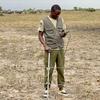


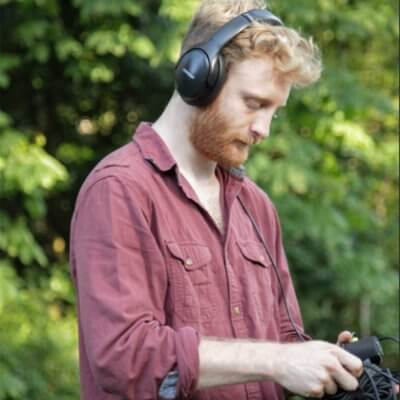









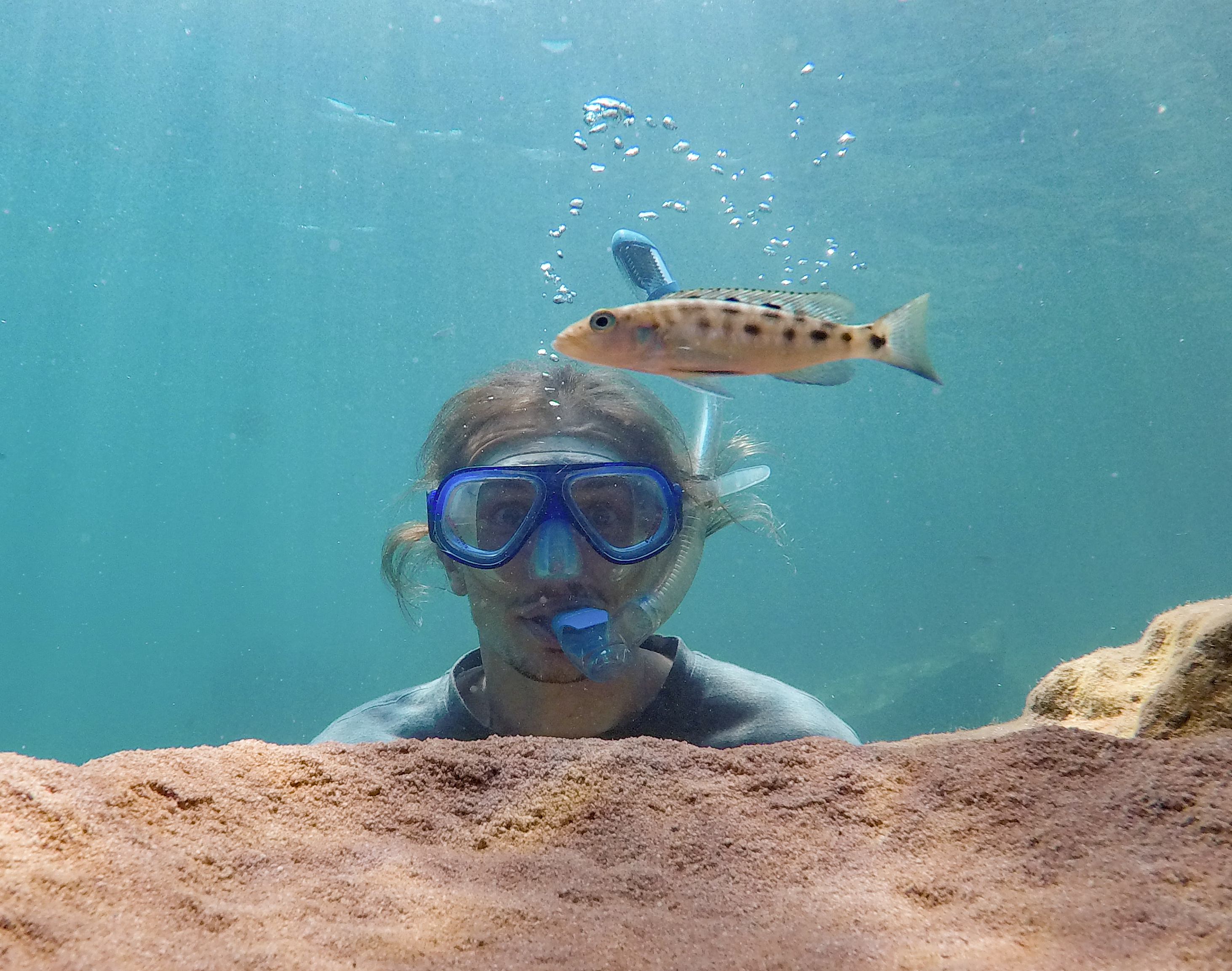



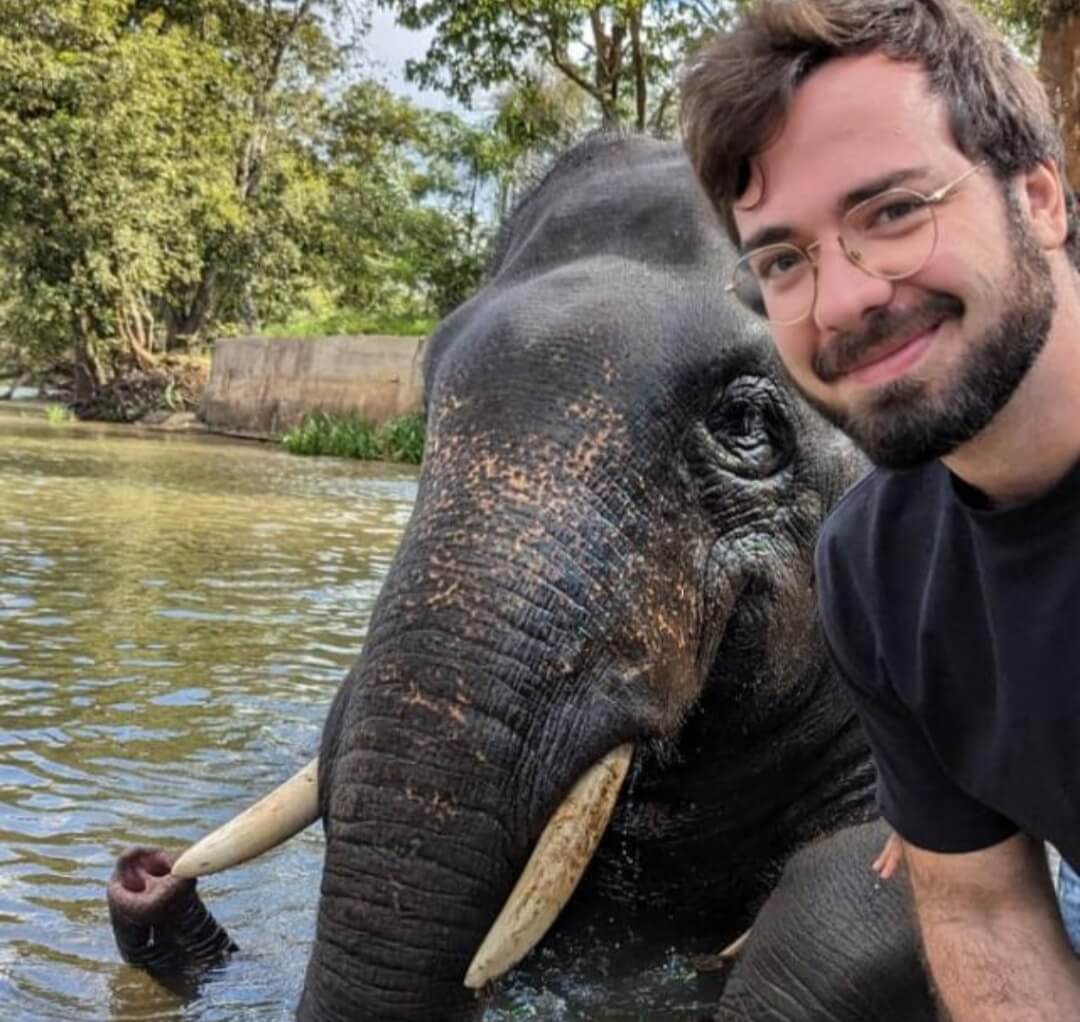



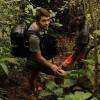





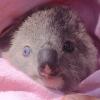






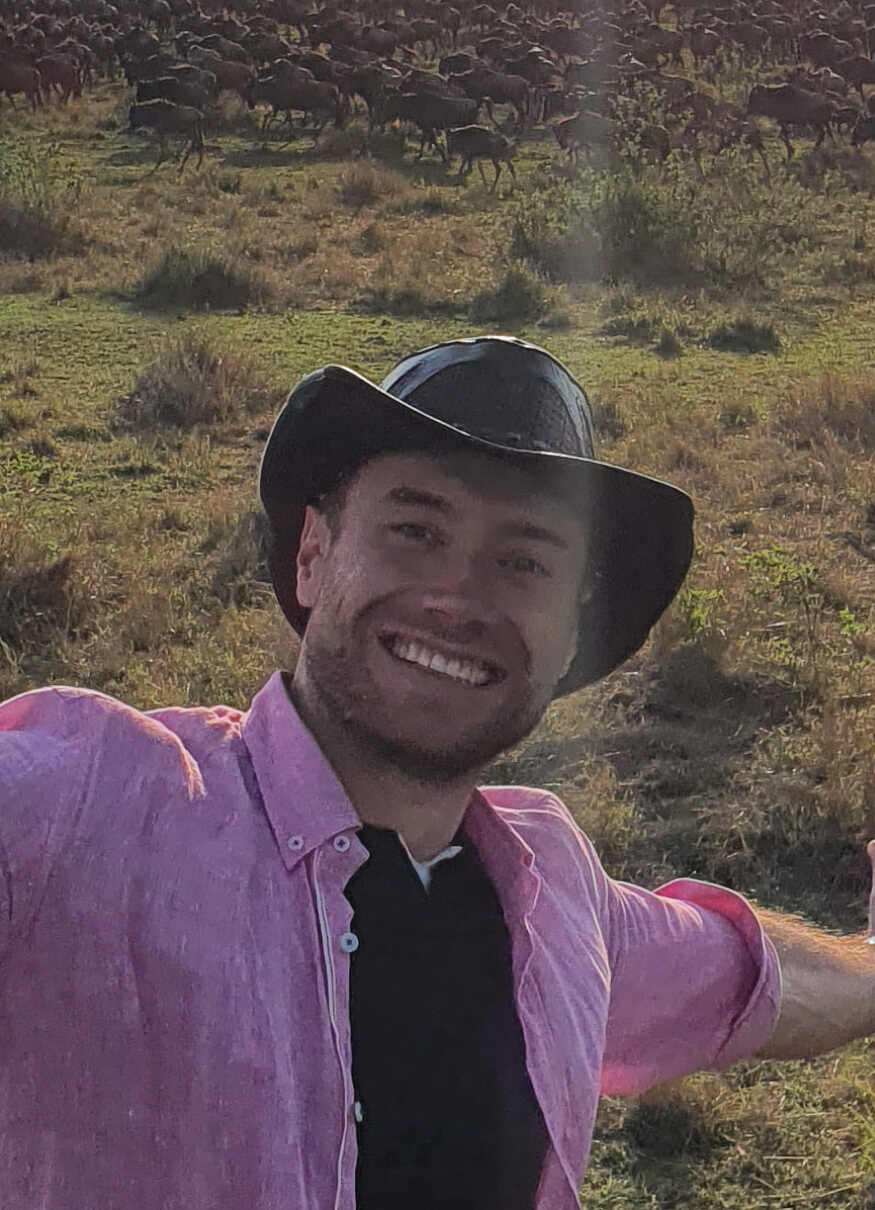











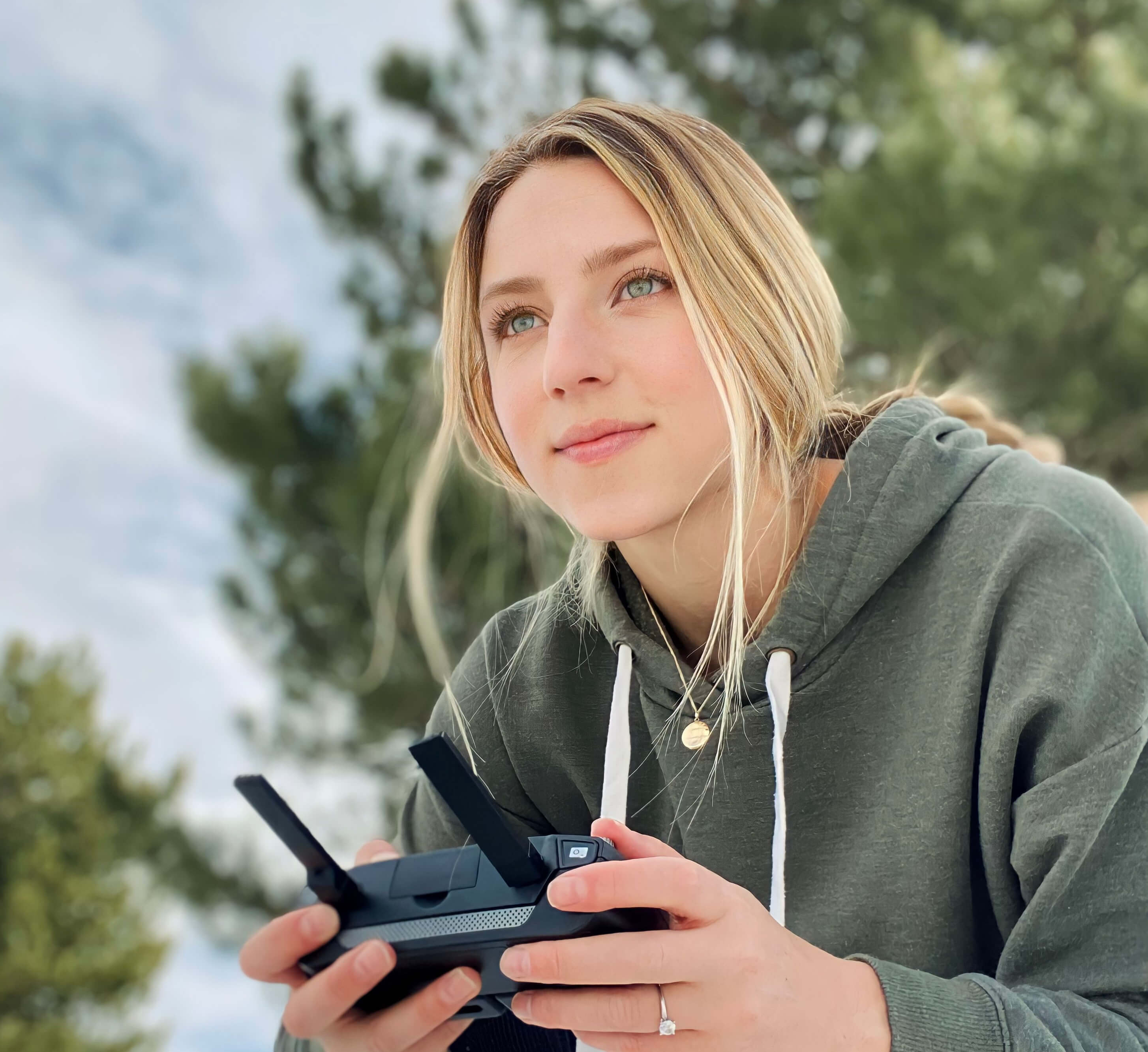





















26 May 2021 5:09pm
I think programming and machine learning are what I wish I did in uni the most. Particularly Python coding. Most biologists use R/Rstudio but Python is more popular in the tech world. And machine learning is taking over everything, conservation included, so it's definitely a high-demand skill.